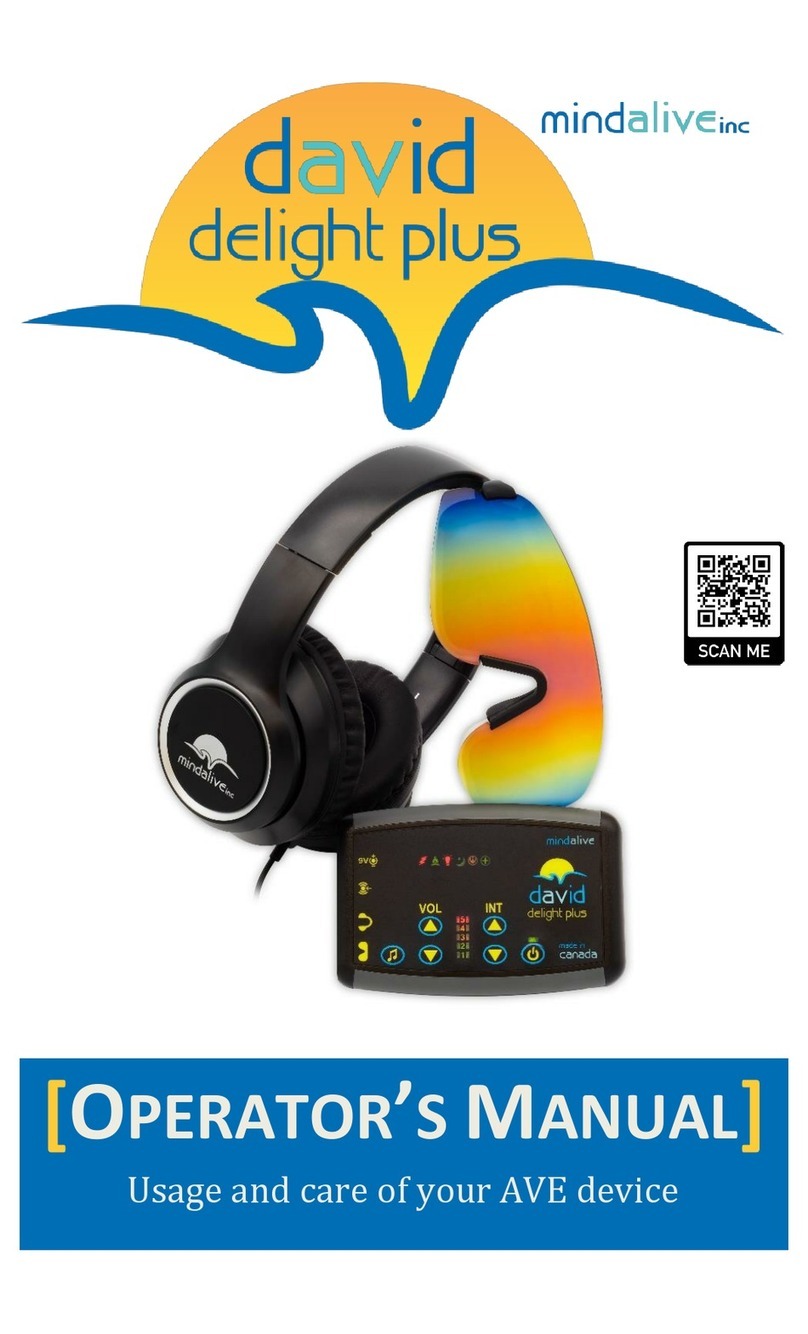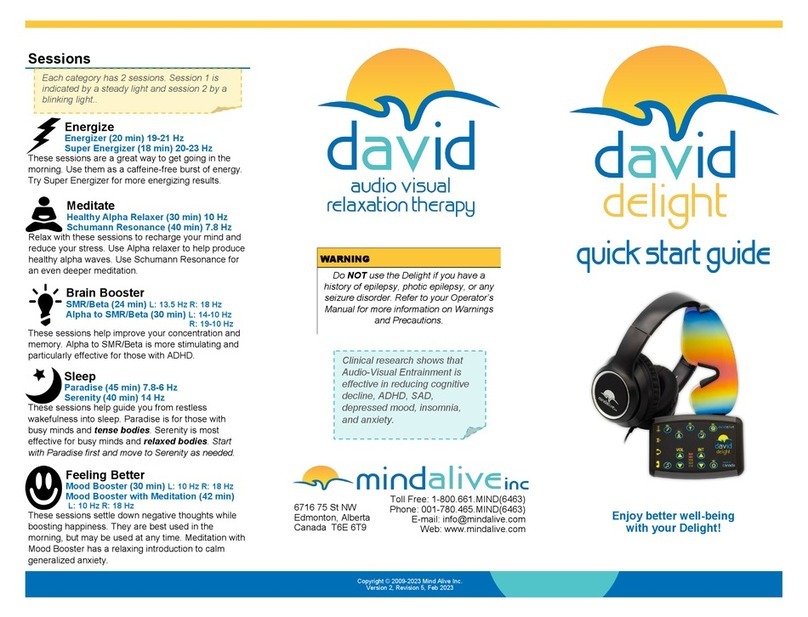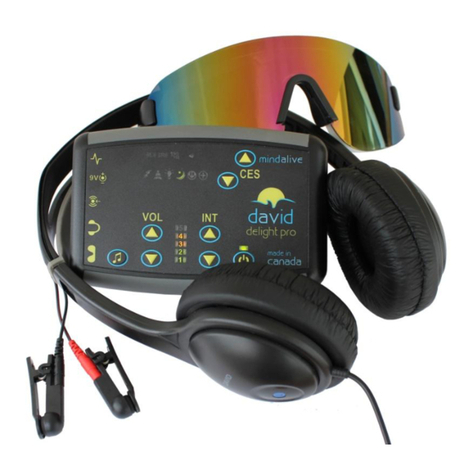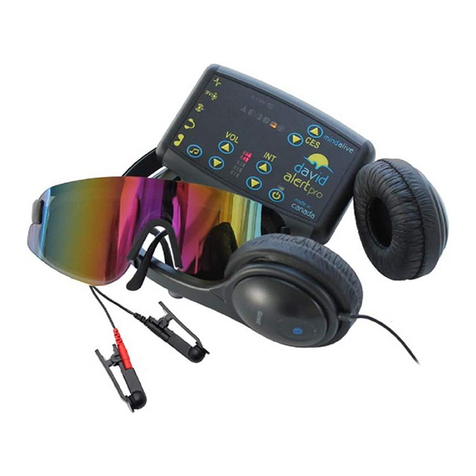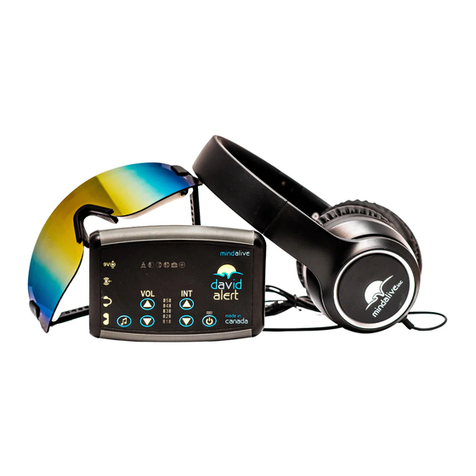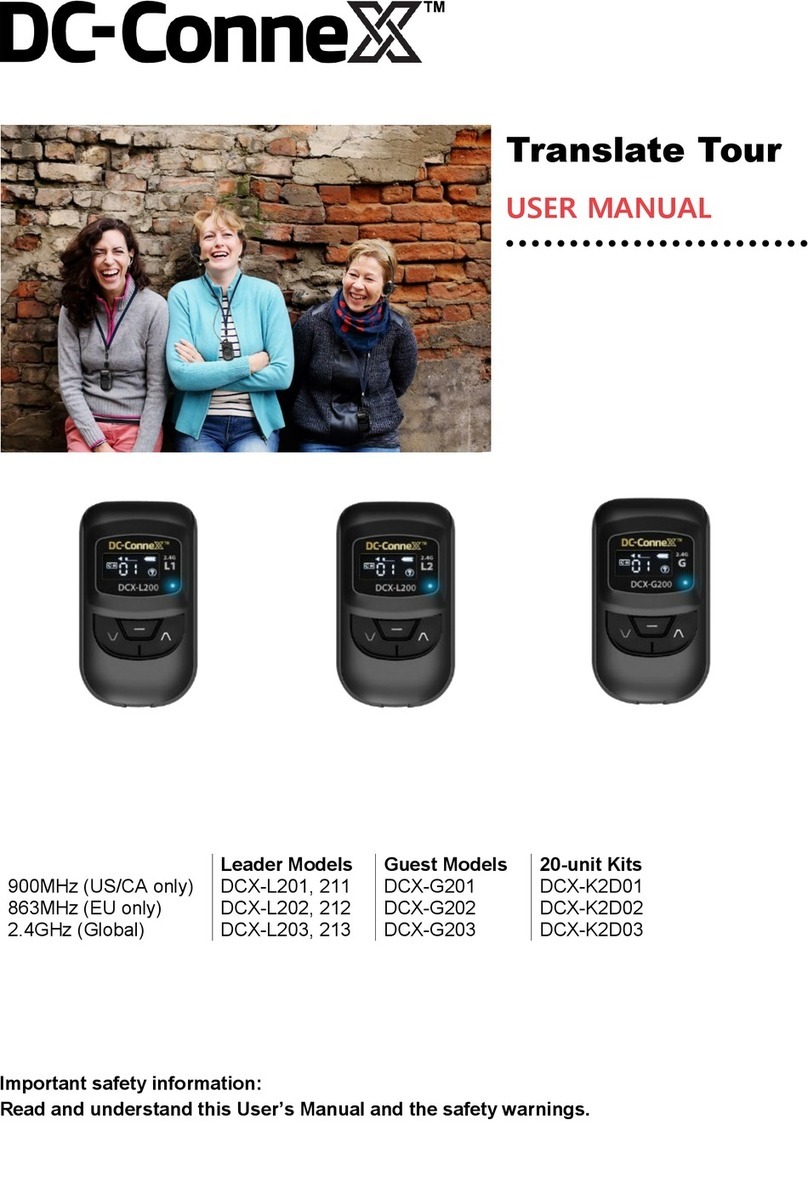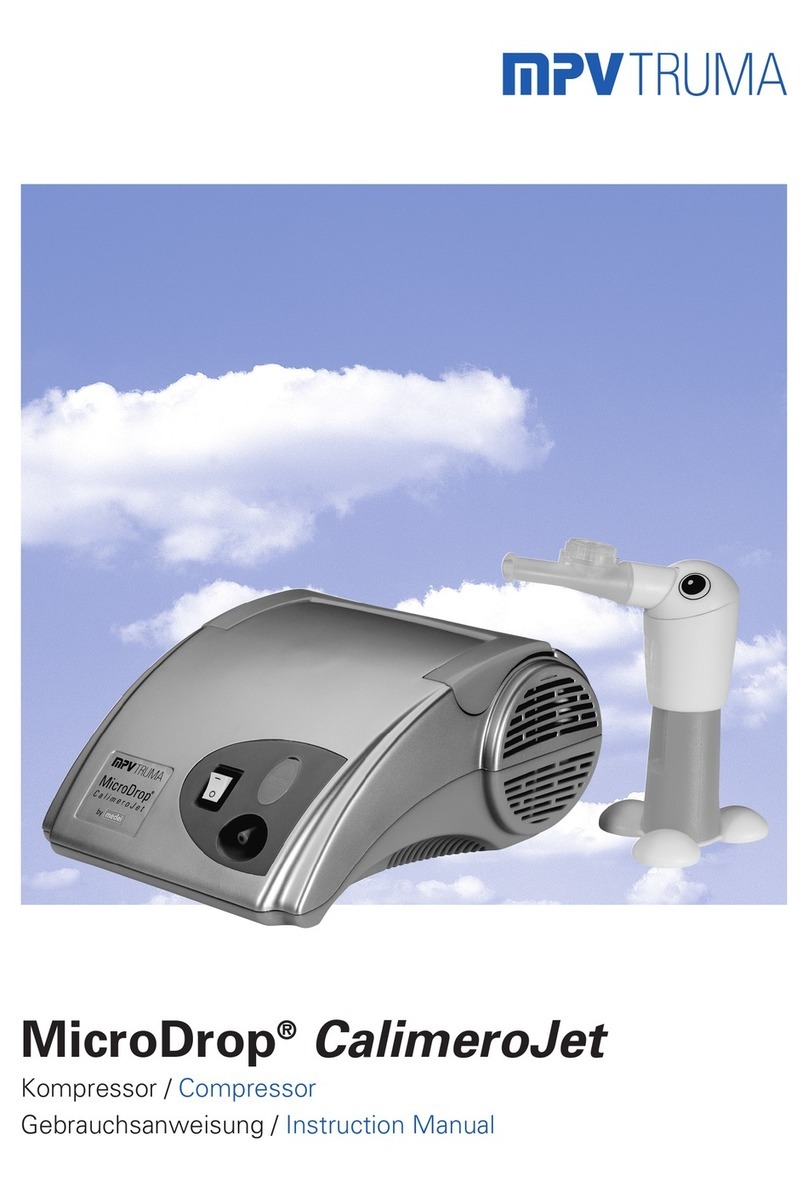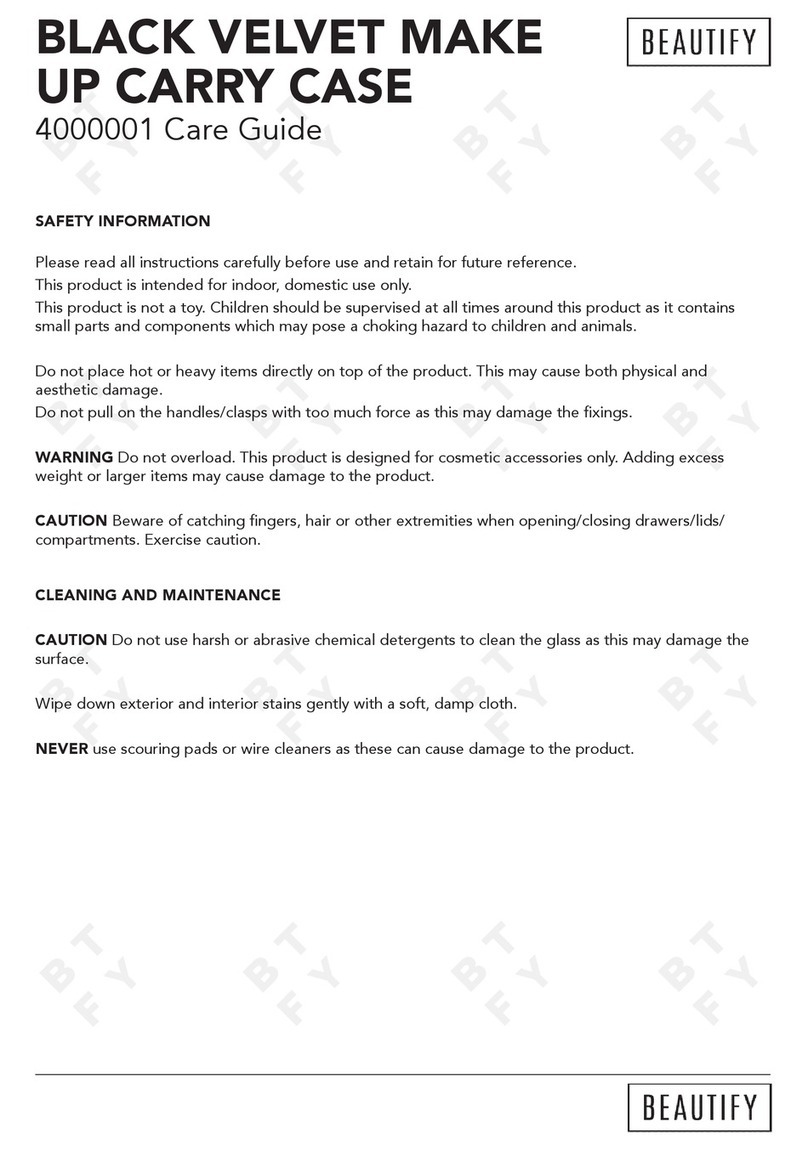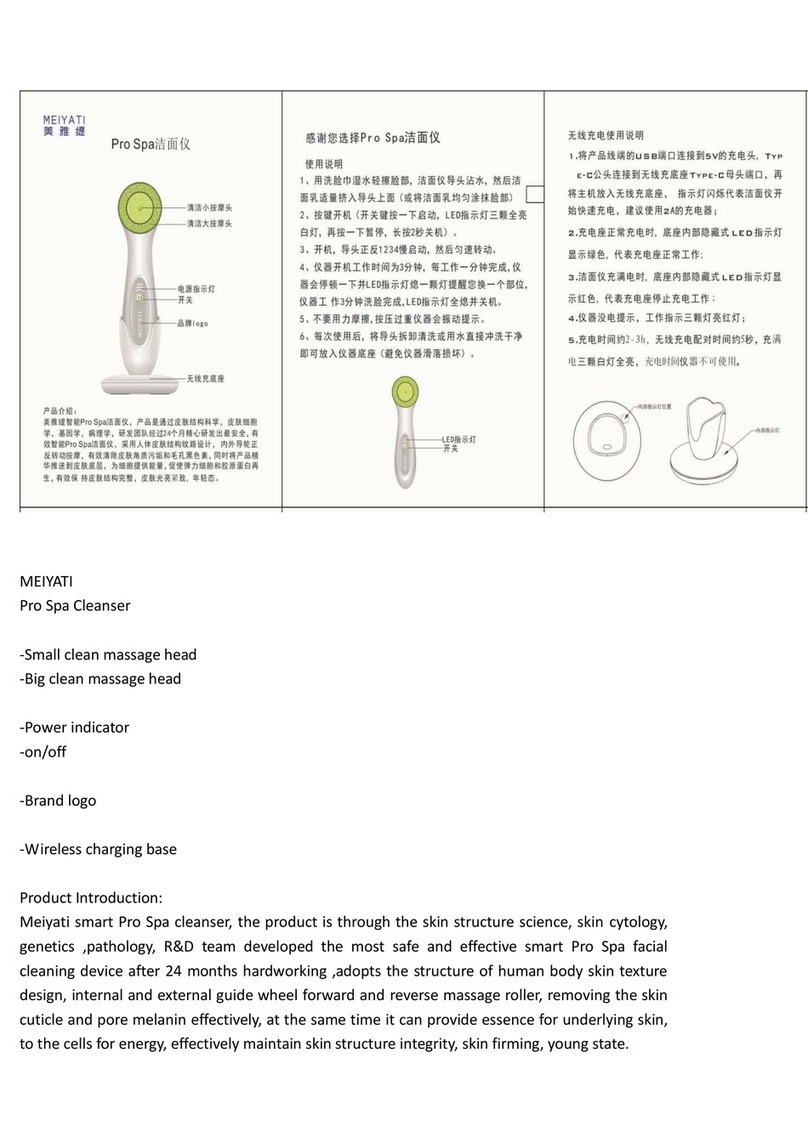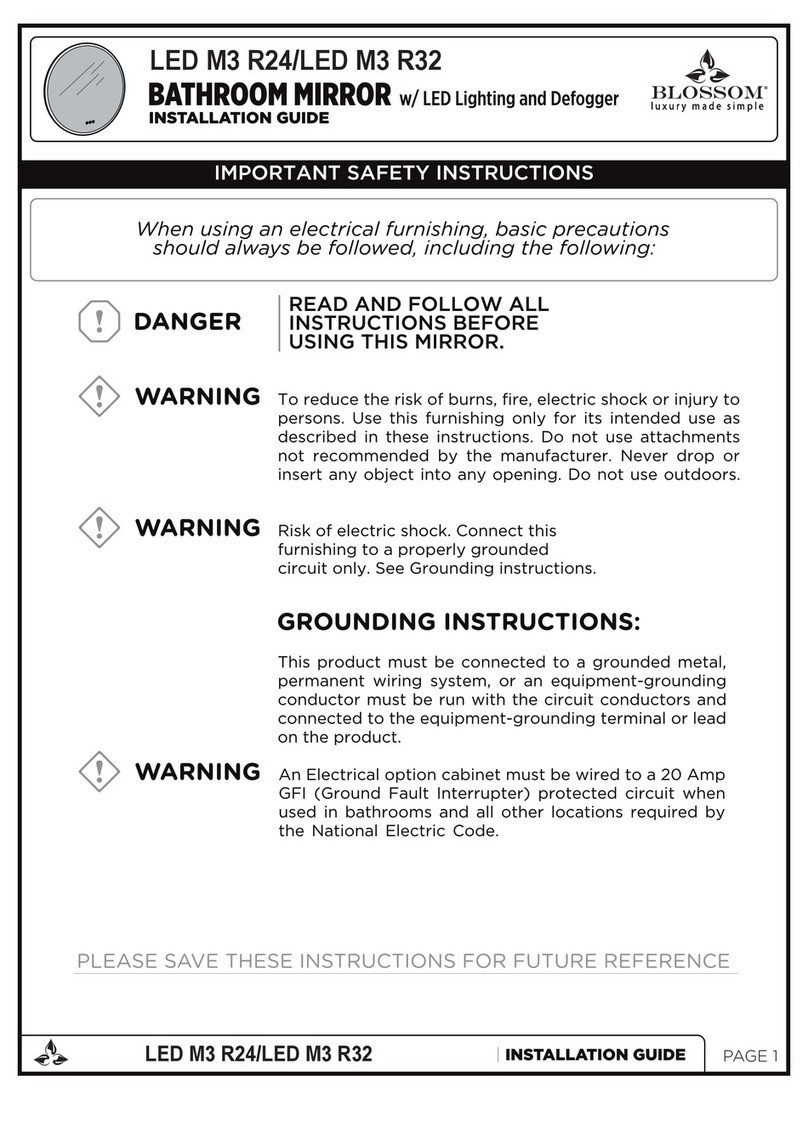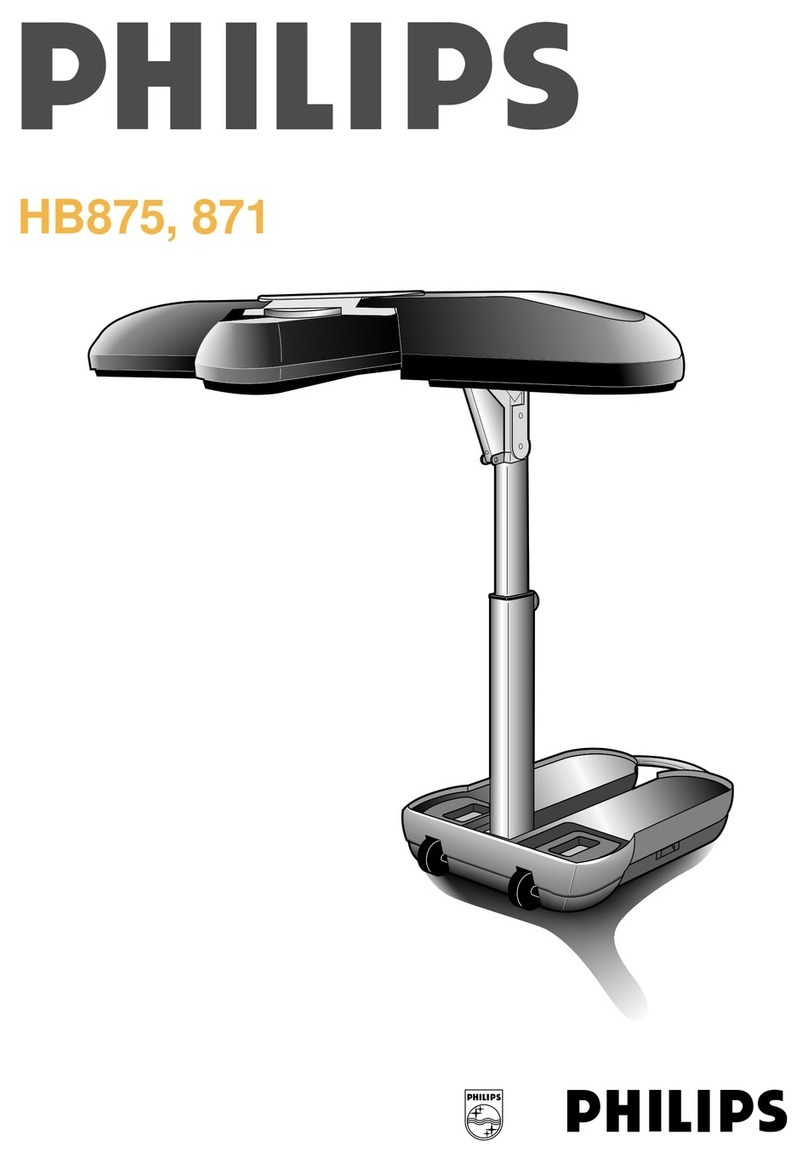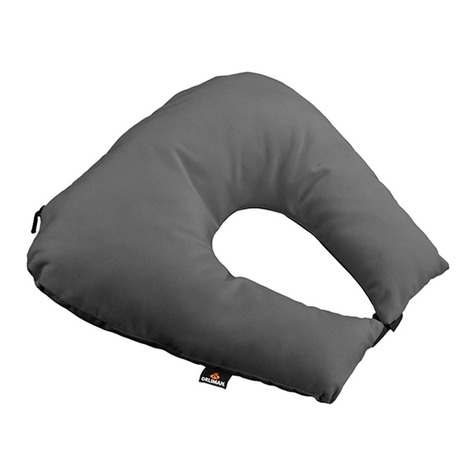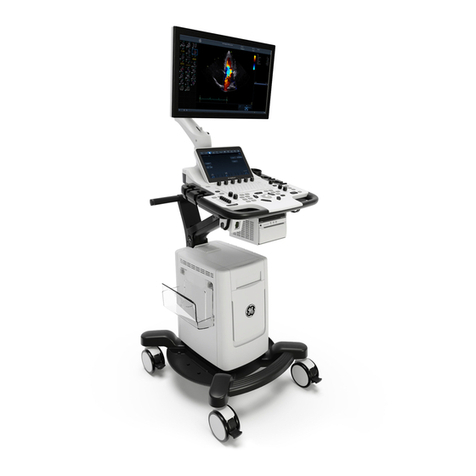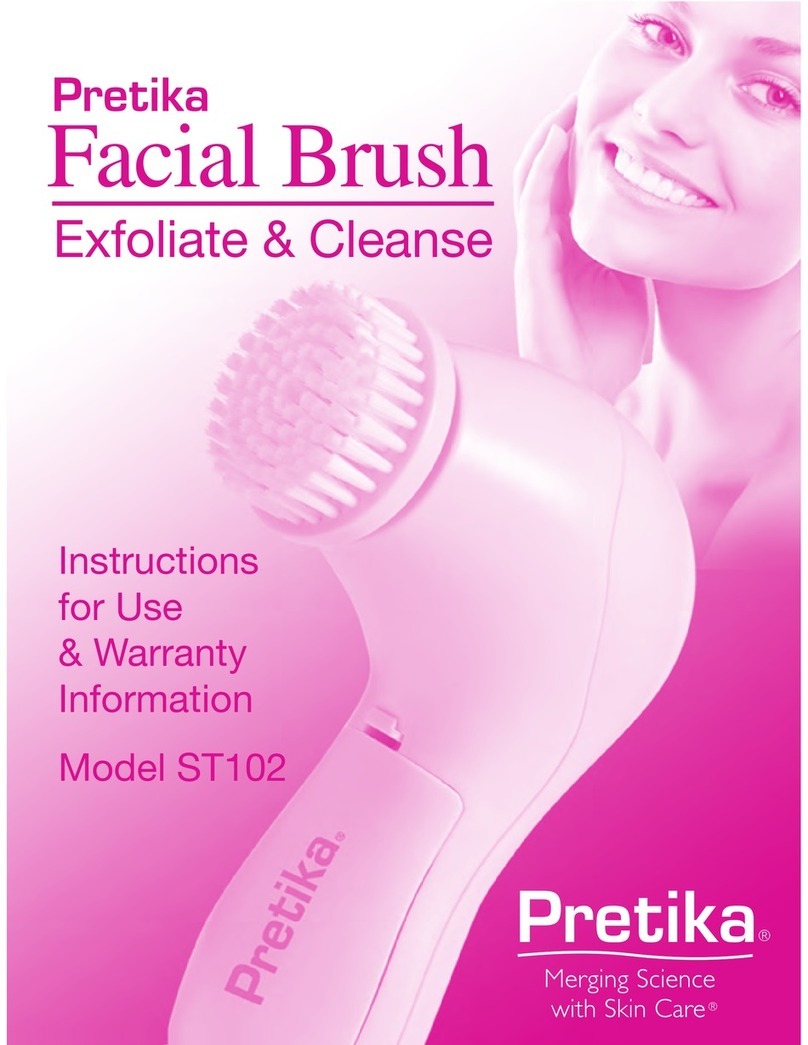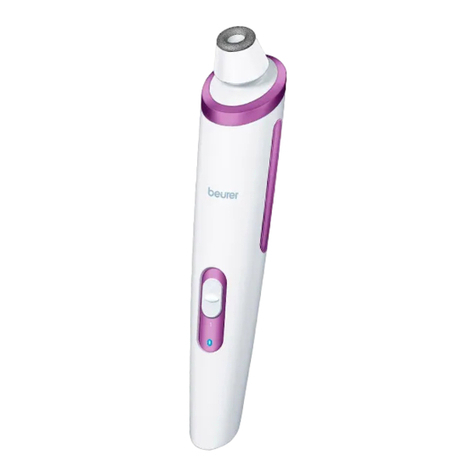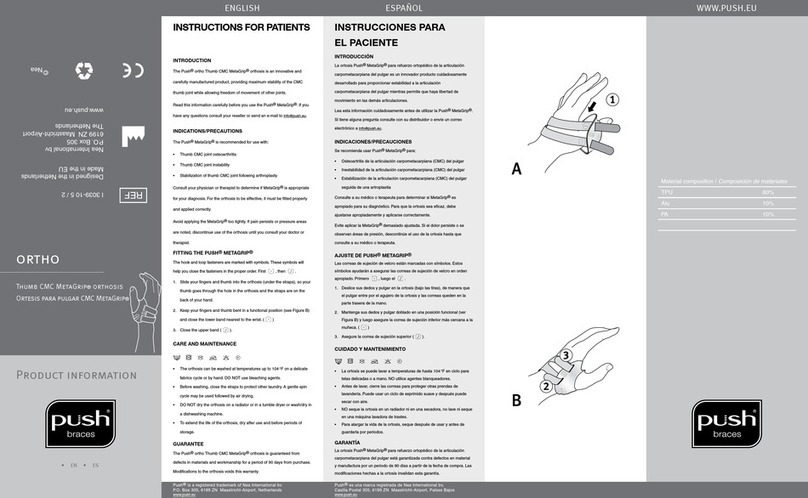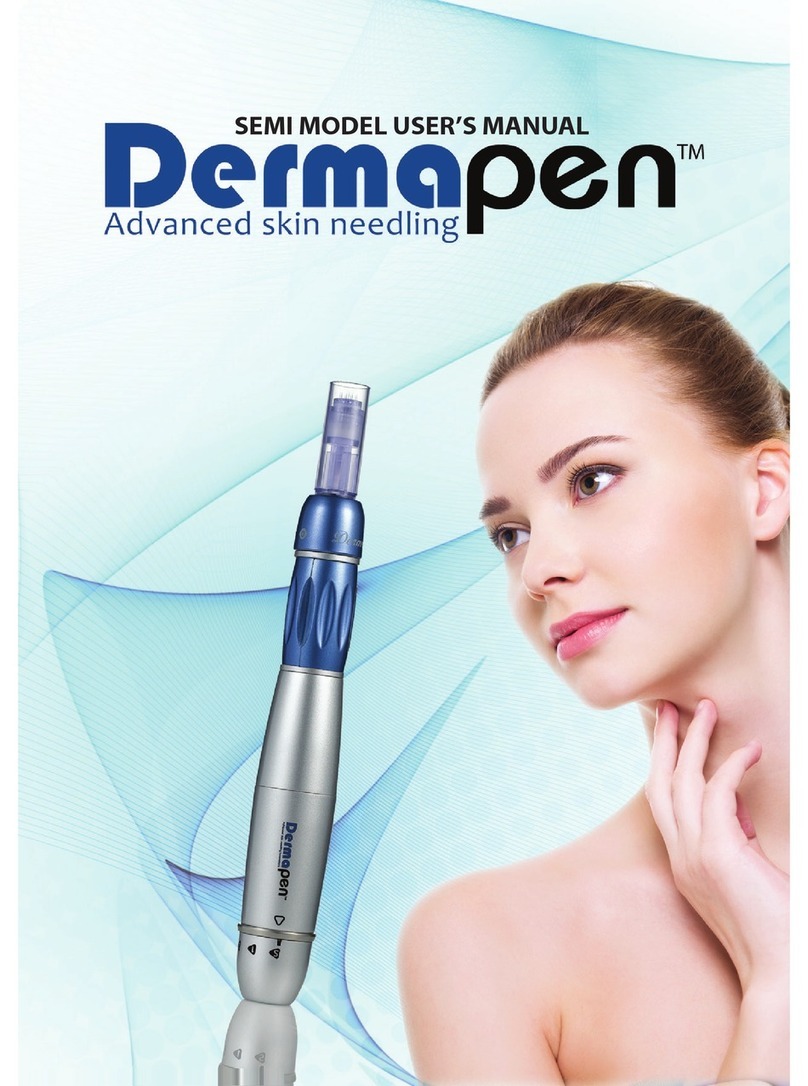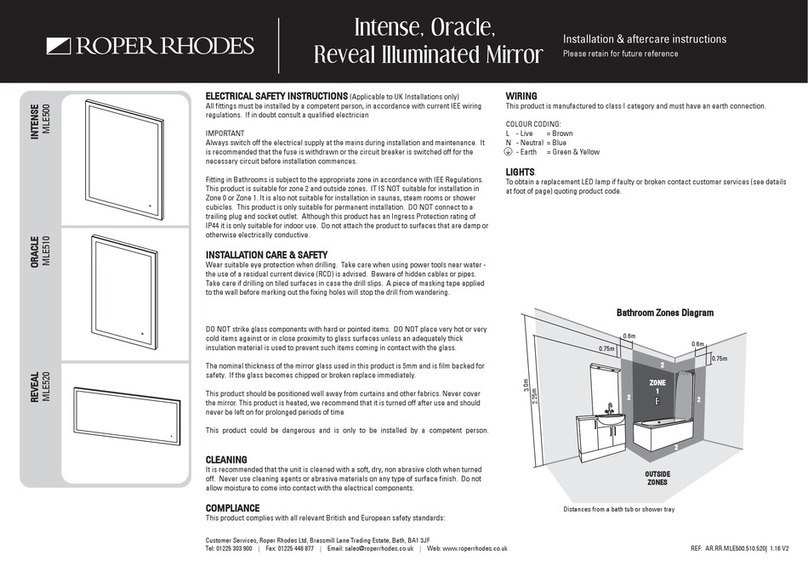TABLE OF CONTENTS
INTRODUCTION ..................................................................................................................1
THE EFFECTS OF AVE........................................................................................................2
BRAINWAVE FREQUENCIES............................................................................................3
WHAT IS AVE?......................................................................................................................5
EEG ACTIVITY CHANGES...................................................................................................................6
AVE INDUCES MEDITATIVE DISSOCIATION ...................................................................................7
CEREBRAL BLOOD FLOW INCREASES ..............................................................................................8
NEUROTRANSMITTERS CHANGE.......................................................................................................9
GETTING STARTED......................................................................................................... 10
HOW TO USE THE PERSONAL PROFILE QUESTIONNAIRE......................................................... 10
PERSONAL PROFILE QUESTIONNAIRE .................................................................... 11
I. REST ............................................................................................................................................... 11
II. LIFE EVENTS &SELF AWARENESS .......................................................................................... 12
III. ANXIETY...................................................................................................................................... 13
IV. MOOD .......................................................................................................................................... 14
V. DISENGAGEMENT ........................................................................................................................ 15
VI. NUTRITION ................................................................................................................................. 16
VII. MEDICATIONS........................................................................................................................... 17
CHOOSING A DAVID SESSION...................................................................................... 18
ADDITIONAL RESOURCES................................................................................................................ 18
PERSONAL PROFILE INTERPRETATION ................................................................. 19
I. REST ............................................................................................................................................... 19
II. LIFE EVENTS &SELF AWARENESS .......................................................................................... 19
III. ANXIETY...................................................................................................................................... 20
IV. MOOD .......................................................................................................................................... 20
V. DISENGAGEMENT ........................................................................................................................ 21
VII. NUTRITION................................................................................................................................ 21
NUTRITION........................................................................................................................ 22
DAVID SESSION GUIDE .................................................................................................. 23
REFERENCES ..................................................................................................................... 24

